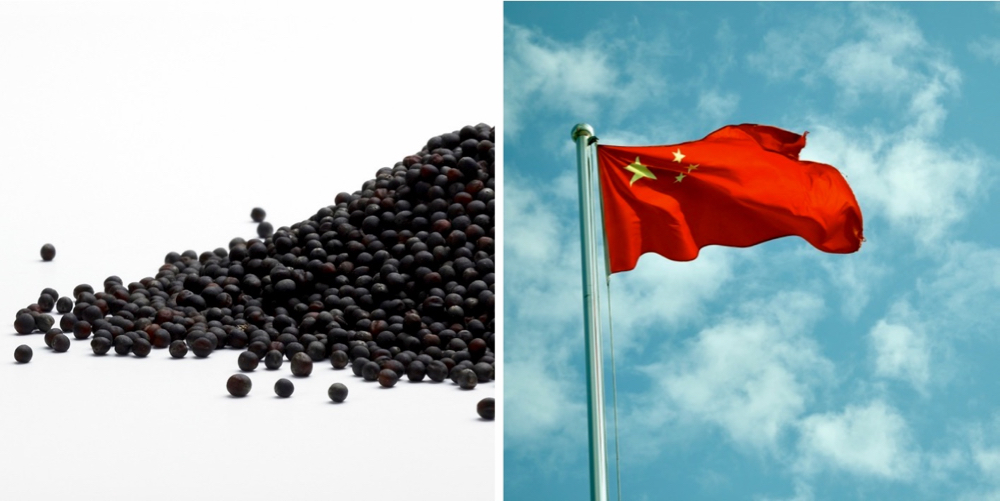Many international events have taken place in the past year, such as the renegotiation of NAFTA, Trump imposing tariffs on Canadian and Mexican steel and aluminum and tariffs on Chinese imports, the arrest of Huawei’s CFO Meng Wanzhou for extradition to the U.S. and most recently China cancelling Richardson International’s import license for shipping canola into China, then closing the door on canola shipments into China altogether.
Each of these events is substantial on its own but together they will influence world markets and change trading patterns for a long time. We are seeing trade patterns shifting, and the impact that as on grain prices in North America.
Read Also

Gentle treatments for pain in the neck
Heading toward year-end, people unknowingly tense up against the cold and busyness, causing neck pain that can often be treated with appropriate support and gentle mobility, athletic therapist Kathlyn Hossack says.
Two world leaders
Since the tariff dispute started between the U.S. and China last fall, there has been a marked reduction in the volume of soybeans China has bought from the U.S. This impacts U.S. soybean prices. China has shifted its soybean purchases to South America, effectively playing one major supplier off against another and driving U.S. soybean prices lower, as inventories build up due to the lack of sales. Can the U.S. win back some of those sales to China? I believe they will, once they resolve the tariff dispute, but will the U.S. recover the full volume of sales to China? I don’t think so as some Chinese buyers will continue to do business in South America, for any number of reasons.
In Canada we’ve seen a halt in canola exports to China. Many believe this slowdown is directly related to Canada’s detention of the CFO of Chinese company Huawei, Meng Wanzhou, for extradition to the U.S.
Canola values follow soybean values. The ongoing dispute between the U.S. and China has driven U.S. soybean futures lower, putting pressure on canola futures. Add China’s stop to Canadian canola imports and we have a double whammy hitting our canola futures.
Is China in a hurry to resolve tariff issues? I don’t believe they are. They seem to have the upper hand in this dispute, and they are not going to back off applying pressure to the U.S. at this time. This is why the U.S. asked Canada to extradite Meng Wanzhou to the U.S., as a way to exert pressure on China to work toward resolving their tariff dispute, to the U.S.’s advantage if possible. Canada had little choice but to comply with the U.S.’s request for detention, or face repercussions from the U.S. such as maybe not signing the new USMCA (United States Mexico Canada Agreement which replaces NAFTA) or not lifting tariffs on Canadian steel and aluminum.
China does not want Wanzhou in U.S. custody. Chinese officials are trying to get her released and returned to China. Recent pressure exerted on Canada helps China maintain the upper hand in its dispute with the U.S.
There are a lot of politics being played by two of world’s biggest economies. Canada is caught in the middle, being stepped on by both sides. The ripple effects of this dispute will be felt for a long time. Global trade relations will change and shift, influencing the future of Canadian exports.
The impact at home
In the commodity world, supply and demand is fluid and always shifting, primarily because of weather events that reduce or increase production. Add political interference or uncertainty to that, and you have the potential to upset the balance of world trade. This could bring with it deeper and more dangerous situations as countries protect their markets and economies.
In my next few columns I plan to examine the factors that usually influence and drive the markets where we sell Canadian grain, and how those factors may change as a result of the trade dispute between the U.S. and China.
My hope is to give you a baseline as to what usually influences our markets, and what extraneous events can do to those markets. I hope this will help you understand what’s happening so you can make better fact-based marketing decisions going forward.
















